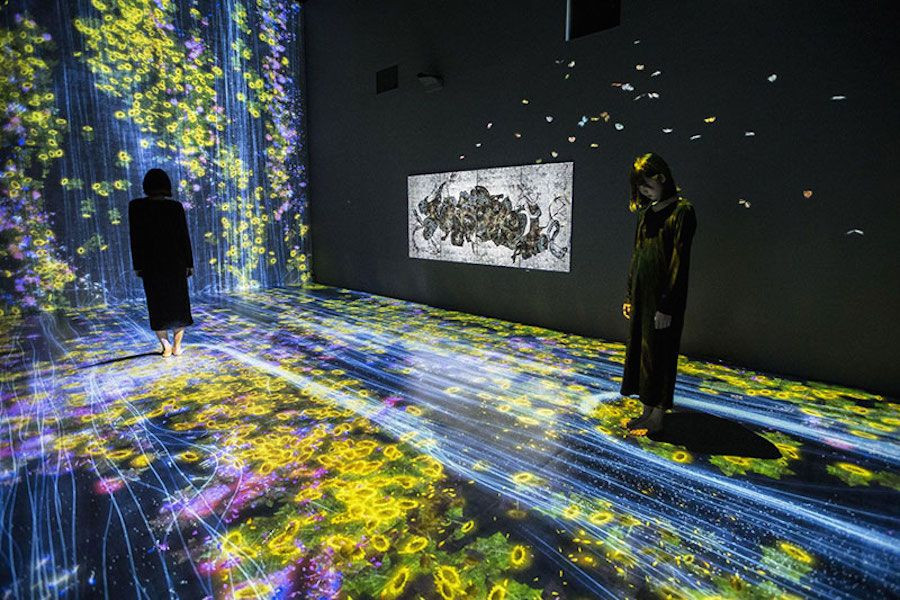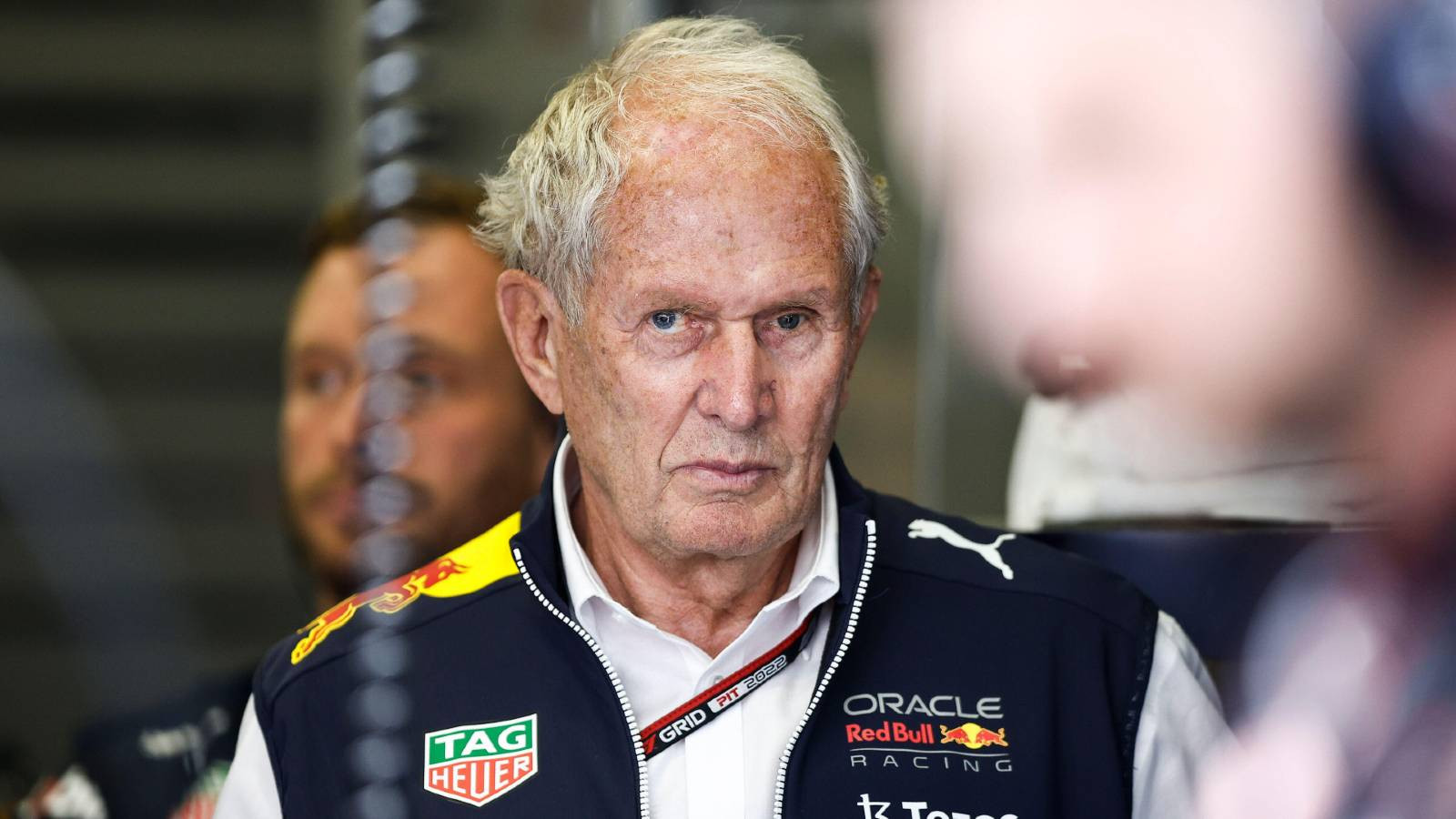Interactive Digital Installations: Transforming Exhibitions into Immersive Experiences
For some time now, the exhibition industry has been undergoing a transformative shift, driven by the integration of interactive digital installations that are reshaping how attendees engage with exhibits. Gone are the days of static booths and traditional displays—today’s exhibitions are immersive, tech-driven experiences designed to captivate and involve visitors in new ways. Technologies like interactive projections, touch screens, and AI-powered experiences are at the forefront of this evolution, creating dynamic, personalised interactions that draw audiences deeper into the exhibit content. But the exhibition industry is moving beyond these, using tech in innovative ways to capture the audience’s attention.
The Rise of Immersive Technologies
Interactive projections allow for larger-than-life displays that respond to human movement, providing a captivating visual experience that changes in real time. Touch screens bring a layer of interactivity that invites attendees to engage directly with digital content, browse through information, and even participate in interactive demos or games. AI-powered experiences, such as virtual assistants and smart recommendation engines, offer a personalised touch by guiding visitors through the exhibition, answering queries, and tailoring content based on individual preferences.
Apart from these, technologies such as projection mapping and audio spotlight are also catching up, largely. Holographic displays have also been doing the rounds.
Creative Use Cases
With the tech evolution transforming the event exhibitions and the exhibition industry as much as any other industry/category, the very obvious question is of going beyond the mundane and utilising digital installations creatively and distinctly, as compared to the typical use cases.
Digital installations can go beyond the typical use of touch screens and projections by incorporating immersive experiences. For example, Mohomed Morani, Chairman & Director, Dome Entertainment & Cineyug Group Companies understands that augmented reality (AR) booths allow attendees to interact with 3D objects or holograms that align with brand storytelling. “AI-driven personalisation can create tailored experiences, where content dynamically adjusts based on attendee preferences. For instance, interactive floors or walls that change according to crowd movement have been utilised in large exhibitions to enhance engagement.” Jio World Centre, Mumbai, for instance, has used and continues to use large-scale projection mapping and interactive floor displays for various corporate and cultural events.
Roshan Abbas, Founder, Kommune India and a popular name in the events, entertainment and exhibition industry, mentions all tech that is utilised should be towards two purposes. “From the brand’s perspective, it would be for first-party data collection and the understanding of the audience. And from the audience’s perspective, it has to be done for the purpose of engagement. Of course, technology when used creatively, can be very well enhanced.”
Abbas points out that at auto shows, such digital tech is used extensively. He cites the instance of Hyundai – at the brand’s stall at one of the exhibitions, there was a digital painting, wherein the visitors could pick a colour and digitally paint a vehicle. This activity – which was both, interactive and a digital collection exercise - was done to find out about what kind of popular colours people want their cars to be in.
He further mentions that in another show, by seeing heat mapping technology, one could figure out which areas were the most visited by the audience. “Projection mapping is used extensively and regularly too. A lot of projection mapping onto static surfaces – this has enabled to make such surfaces very dynamic. For instance, mapping on a car, on a product, on a large fountain pen, or even a large paint can – all of these kinds of things have been done on an interactive level.”
Believing in the creative power of digital installations, Pramit Kumar, Vice President, Exhibitions India Group outlines that these can really elevate an exhibition from a typical setup to an immersive experience. Instead of just using screens for information display, I have seen installations that invite interaction. “For instance, at one of the exhibitions, a brand had integrated an interactive hologram that allowed attendees to engage with 3D models of their products. They could rotate and explore these models in real-time, which made the experience much more immersive than just looking at a flat screen.”
He states another example of a motion-reactive digital wall. “I have seen at a lighting exhibition which responded to attendees' movements, allowing them to create patterns or visuals simply by walking in front of them. This not only drew crowds but also encouraged social sharing on platforms like Instagram, effectively turning visitors into brand ambassadors.”
The Blending of Traditional and Modern Technologies
With technology seeing a transformation at a very rapid pace, the integration of various forms of technology – traditional and modern – is enhancing attendee engagement in a unique way in the event exhibitions and the exhibition industry.
As per Morani, “Combining traditional elements like static displays with modern tech can create a seamless and engaging experience. One example is blending physical products with virtual demos through mixed reality. Brands can also use RFID (Radio Frequency Identification) or IoT devices in exhibitions to track attendee behaviour and create interactive feedback loops. For example, integrating sensors with traditional display booths helps attendees receive personalised suggestions or product information via their smartphones.”
Kumar states the example of a project that stood out when they created a 360-degree virtual tour of one of the exhibitions. “Before the event, attendees could explore the layout and get familiar with the booths, which encouraged them to plan their visits. During the event, we supplemented this with QR codes on each booth that led to exclusive video content or demos, making the experience seamless and interactive.”
“We also incorporated live polling via mobile apps during panel discussions, allowing attendees to participate actively and share their opinions. This instant feedback loop kept everyone engaged and fostered a more dynamic atmosphere,” he adds.
The Financial Implications of Digital Installations
With the tech factor, comes the obvious question of finances involved - the monies that brands are willing to invest, the costs involved and the ROI number game witnessing a change when various forms of digital tech are weaved into exhibitions.
Abbas notes that investments for incorporating such digital tech begin from the low end i.e. around Rs 5 lakhs and goes on to a couple of crores.
Morani reveals that brands are increasingly willing to invest in digital installations as part of their exhibition strategy. Similar to Abbas’ views, he understands that the costs can vary depending on the complexity of technology, from Rs 3 lakhs to Rs 10 lakhs for basic interactive screens and from Rs 5 lakhs to Rs 15 lakhs for immersive VR setups.
“ROI is now viewed not just in terms of direct sales but in terms of data collection, engagement, and brand perception, with a significant shift toward valuing these qualitative metrics,” he indicates.
Kumar seconds Morani’s thoughts that brands are becoming more open to investing in digital installations. He goes on to state figures - many now dedicate up to 30 per cent of their exhibition budgets to these innovations. The price varies based on the technology used - basically, simple interactive displays will be less expensive, while something more immersive VR experiences require greater investment.
“In terms of ROI, we’ve observed that integrating digital elements often leads to a significant increase in booth traffic and engagement. Moreover, the installation also enables data collection in some format, that data also helps brands understand their audience better, which can lead to more targeted follow-ups and ultimately, higher conversion rates,” he says.
The Future of Digital Installations in Exhibitions
With the advent of new technology and creative concepts on a speedy basis, one wonders about the kind of emerging technologies that are likely to revolutionise interactive digital experiences at exhibitions.
Abbas understands that in the last couple of years, technology hasn’t moved too much because it is either mostly about large-scale projection or some amount of bluetooth-enabled initiatives. He has witnessed a lot of sensor-led work that is happening, “At South by Southwest (SXSW) where I had gone in March this year, I walked into an installation where the sound was directed by purely an individual’s presence – and so the entire sound in the display was interactive.
Also, there is an audio spotlight which I have seen be used occasionally – when you step into the spotlight area, you can get a particular audio signal.”
Looking ahead, Kumar believes that technologies like artificial intelligence (AI) and machine learning will significantly transform interactive digital experiences. For instance, AI chatbots can provide personalised assistance to attendees, answering questions and guiding them through the exhibition in real time. “We will be delving deeply into this segment at our upcoming exhibition, AI Bharat Expo, taking place between 19 – 21 March, 2025, where niche applications of AI will be on display.
Overall, the combination of innovative digital installations and emerging technologies is setting the stage for a new era in exhibitions. It's an exhilarating time for the industry.”
Morani deems that technologies such as haptic feedback, AI-powered conversational agents (like chatbots that provide real-time assistance), and 3D printing will soon revolutionise exhibitions. Additionally, advancements in machine learning and real-time data analysis will allow exhibitors to adapt their installations on the fly, enhancing the visitor experience dynamically, he comprehends.
The Digital Transformation of the Exhibition Industry
From the looks of it, digital installations and innovations not only enhance attendee engagement but also offer exhibitors deeper insights into visitor behaviour, preferences, and engagement patterns through data analytics. As a result, exhibitions are becoming more than just showcases—they are turning into interactive platforms where attendees can explore, learn, and connect in ways that are both meaningful and memorable. Very evidently, this digital transformation is not just a trend but a long-term shift that is reshaping the future of the exhibition industry.

















